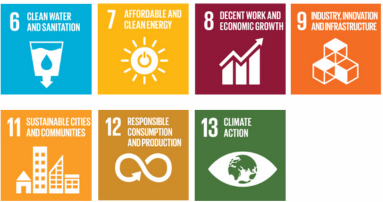

ISO 55001 Asset Management Systems
ISO 55001 is a critical pillar within the ISO 55000 family of standards, specifically concentrating on the stringent requirements for establishing and maintaining a robust asset management system. This standard outlines the detailed criteria necessary for implementing, operating, maintaining, and continually improving an asset management system.
Key Benefits
Optimised asset lifecycle
Enhanced financial performance:
Sustainability
Reputation and reliability
What Is It?
ISO 55001 provides organisations with a systematic approach to asset management.
It is based on the high-level structure, Annex-SL, common to all modern management systems standards. This allows for easy integration with existing implemented systems, providing greater control of organisational risks.
It helps organisations manage assets throughout its life-cycle, including the implementation, maintenance, upgrade or expansion of infrastructure, and decommissioning. Complying to the Standard helps ensure a positive ROI from assets, by focussing on supporting organisational objectives.
ISO 55001 is applicable to all types of assets and organisations of all sizes.
The organisation’s asset management system and strategic asset management plan (SAMP) should be designed in accordance with its context and expectations of stakeholders.
The organisation’s leaders must demonstrate their commitment to the success of the asset management system, ensuring that the asset management policy, SAMP and objectives are established, achievable and supported by relevant roles.
Planning must address risks and opportunities for the asset management system and, establish and achieve asset management objectives throughout the asset life cycle.
The organisation must support the asset management system with the required resources, competent individuals, information and documented information to ensure its success.
The organisation should plan, implement and control the processes needed to meet requirements, mitigate risks, realise opportunities and achieve the objectives set in the asset management plan(s).
The organisation must evaluate the effectiveness of processes related to the asset management system and determine what continual improvement opportunities or changes are required.
ISO 55001 requires a commitment to continual improvement, including correcting nonconformities and establishing preventive actions to avoid potential failures in asset performance.
Aligning with the UN Sustainable Development Goals (SDGs)
ISO 55001:2024 contributes to the following Sustainable Development Goals




